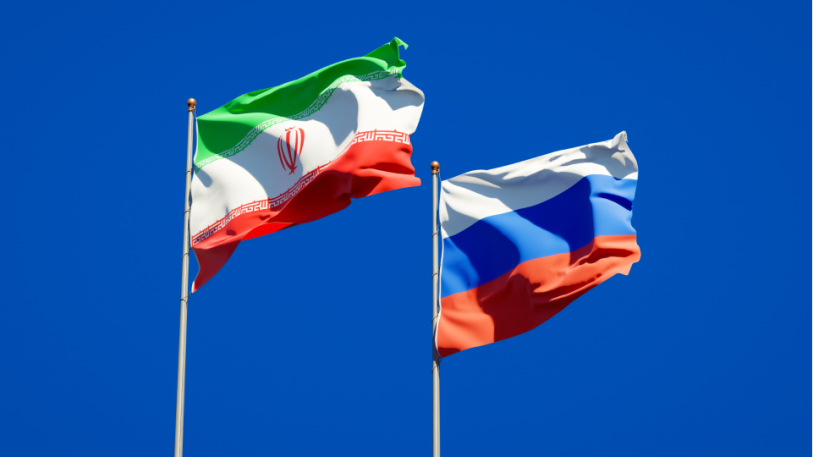Iran and Russia are reportedly collaborating to launch a gold-backed stablecoin, tagged the “Token of the Persian Gulf.” The primary purpose of the stablecoin will be to facilitate cross-border payments.
The Central Bank of Iran is reportedly working with the Russian government to issue a new cryptocurrency backed by gold. According to Russian news agency Vedomosti, Iran is working with Russia to create the “Token of the Persian Gulf” as a means of payment for foreign trade.
The executive director of the Russian Crypto Industry and Blockchain Association added that the token is expected to be issued as a gold-backed stablecoin. The gold-backed stablecoin is intended to enable cross-border transactions and not fiat currencies such as the US dollar, Russian ruble or Iranian rial.
The report noted that the potential cryptocurrency would operate in a special economic zone in Astrakhan, where Russia began accepting shipments of Iranian goods.
Anton Tkache, a Russian lawmaker and a member of the Committee on Information Policy, Information Technology and Communications, emphasized that the joint stablecoin project will only be possible if the digital asset market in Russia is fully regulated. After numerous delays, the lower house of the Russian parliament has renewed its commitment to start regulating cryptocurrency exchanges in 2023.
Countries like Iran and Russia prohibit their residents from making payments with cryptocurrencies like Bitcoin (BTC) and stablecoins like Tether (USDT). Meanwhile, Iran and Russia have been actively working on adopting cryptocurrencies as a tool for foreign trade including gold-backed stablecoin.
The Global CBDC Adoption
In addition to Iran and Russia, many other countries are rapidly approaching the launch of central bank digital currencies. The Pacific island nation of Palau is exploring a partnership with Ripple to create a national stablecoin.
Palau President Surangel Whipps Jr. said in an interview with Bloomberg that a CBDC is an idea that really stands out from cryptocurrencies and blockchain technology. The president added that Palau uses the US dollar as its official currency and their goal is to have a US dollar-backed stablecoin, which is effectively a step towards their own central bank digital currency.
The European Central Bank has also dealt intensively with CBDC. The European Commission intends to propose a regulation introducing a digital euro in the second quarter of 2023.


